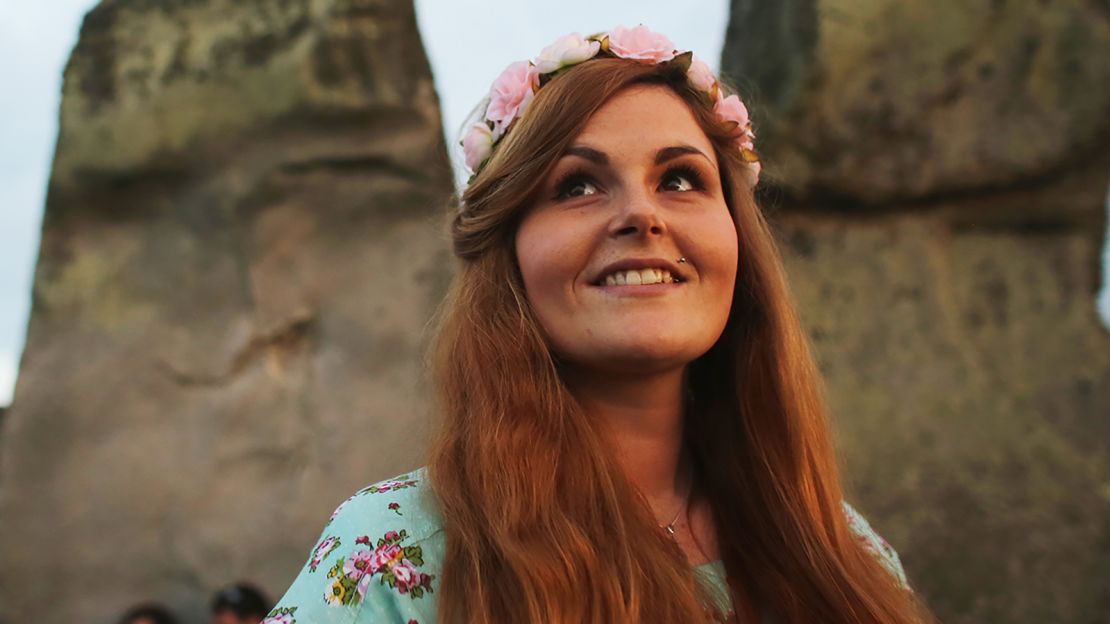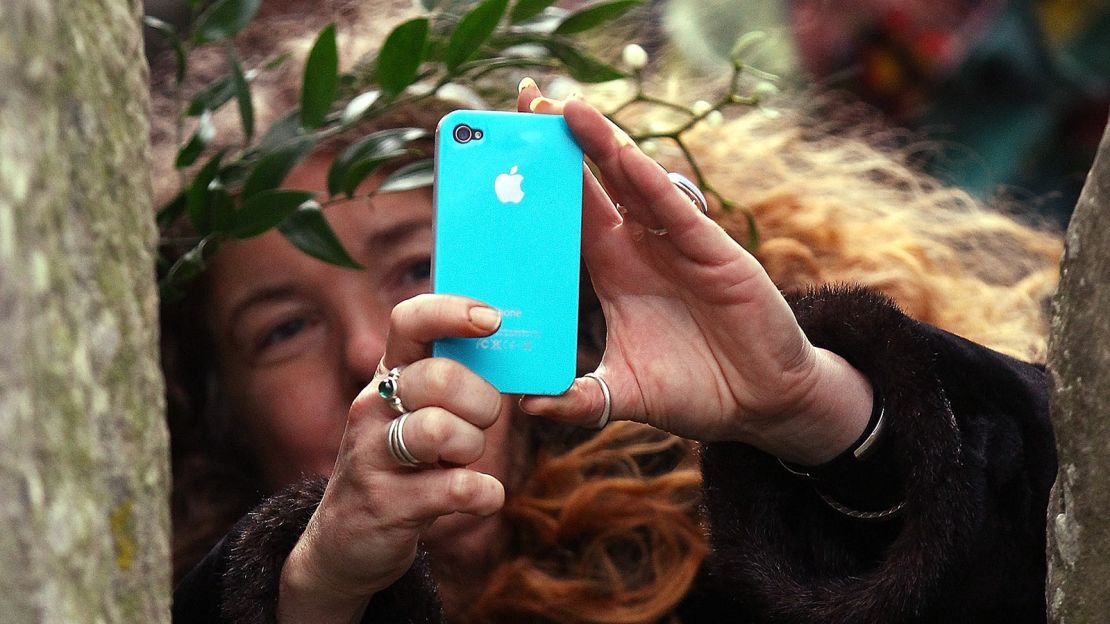With drums and with flower garlands, with wizard hats and with warm coats, up to 10,000 celebrants are expected to converge on England’s Stonehenge to observe the summer solstice.
When this 4,500-year-old Neolithic monument opens to the public at 7 p.m. on June 20, the gathered crowds will be carrying on a tradition whose origins go back to prehistory.
For this mysterious ring of standing stones, some nine meters high, is an early marvel of engineering, with a design offering evidence of the dawn of astronomy.

Waiting for dawn
June 21 is the summer solstice, the longest day of the year in the northern hemisphere.
At 4.52 a.m. on Friday, the sun will rise above Stonehenge’s Heel Stone, which stands on the avenue leading up to the monument’s Stone Circle. The morning rays will shine directly into the center of the site.
It’s a spectacular display of precision building that dates to a time before writing, before the wheel, before spirit levels, and before it was even known that our planet was round and in orbit around our sun.
On the winter solstice, on December 22, the effect is reversed, with the view from the avenue being of the sunrise shining through the stones on the opposite side.
In this ancient world, the changing of the seasons and the cyclical nature of growth, death and rebirth were the most essential truths, upon which the balance of life itself was hung. And it’s this powerful connection to the pagan past that still draws people to the site today.
Prehistoric marvel
Stonehenge has been the subject of study for hundreds of years, but we still aren’t certain why it was built, or how these stones – weighing an average of 25 tons – were transported here to what’s now the English county of Wiltshire.
The outer ring of stones, known as the bluestones, traveled 240 kilometers from the Preseli Hills in southwest Wales, probably making most of the journey by boat – a huge undertaking in a time before the wheel or pulley systems.
One of the most popular theories is that the megaliths were slowly rolled here along a track of logs.
That it was a site of huge ritual significance is clear. Cremated human remains have also been found, suggesting that it may have been a burial site for high-born Stone Age people.
Huge complex

The site itself is a massive 2,600 hectares (6,500 acres), or seven-and-a-half-times bigger than New York’s Central Park.
In March 2019, evidence was uncovered that the Late Neolithic complexes around Stonehenge were hosting celebrations as long ago as 2,800 BC, drawing people and animals from hundreds of miles away to join in the feasting.
Last year, Stonehenge celebrated 100 years of public ownership, after landowner Cecil Chub gave it to the British nation in October 1918, allowing crucial maintenance work to take place on a site that had fallen into disrepair.
It was only in the 20th century that interest in Stonehenge’s significance as a religious center rose again.
The crowds who gather there tonight will be a mix of the druid, the pagan, the countercultural, and the curious.
Respect the stones

It might be an all-night party, but there will be no alcohol and no amplified music – just chanting, drumming and good vibes.
Visitors for the solstice celebrations are allowed access to the full site, including the inner circle.
Climbing or standing on the stones is forbidden, and English Heritage, who run the site, encourage visitors to come by public transport to cut down on traffic and parking issues, and reduce emissions.
The site is open from 7 p.m. from 8 a.m. on Friday, when it’ll be cleared and prepared for the regular day’s admissions in the afternoon.
The forecast for sunrise on June 21 is currently 8 C (46 F) and clear.
If recent years are anything to go by, the crowds that gather in 2019 to welcome the dawn will do so with arms aloft, reverently holding that most 21st-century of totems, the smartphone.
Rob Picheta contributed to this report















